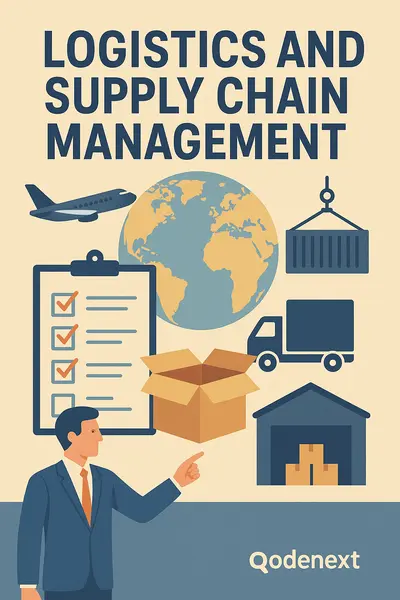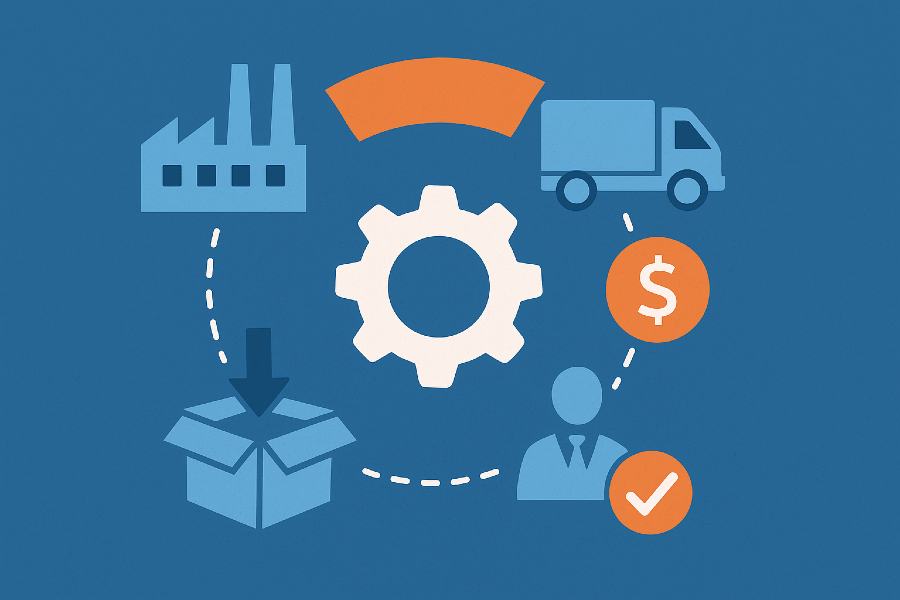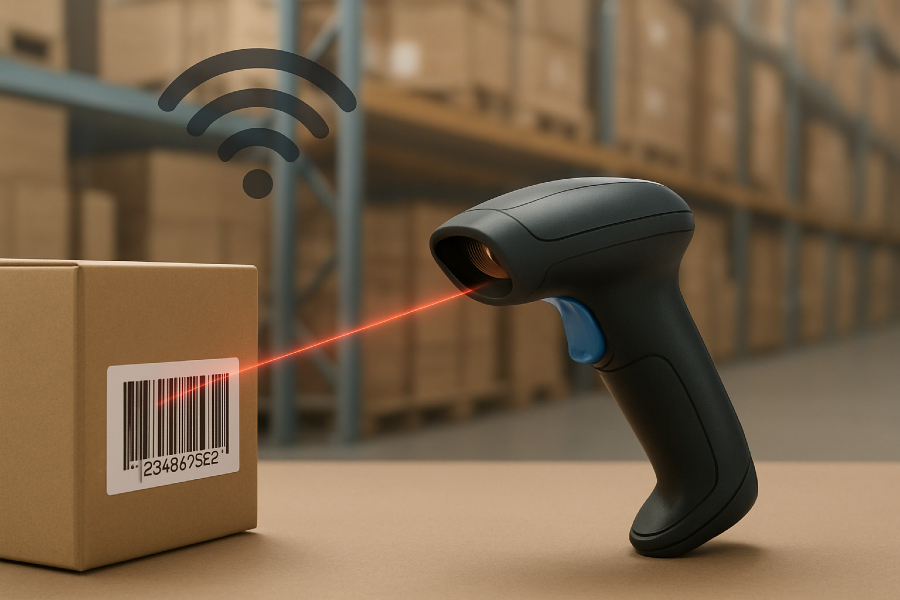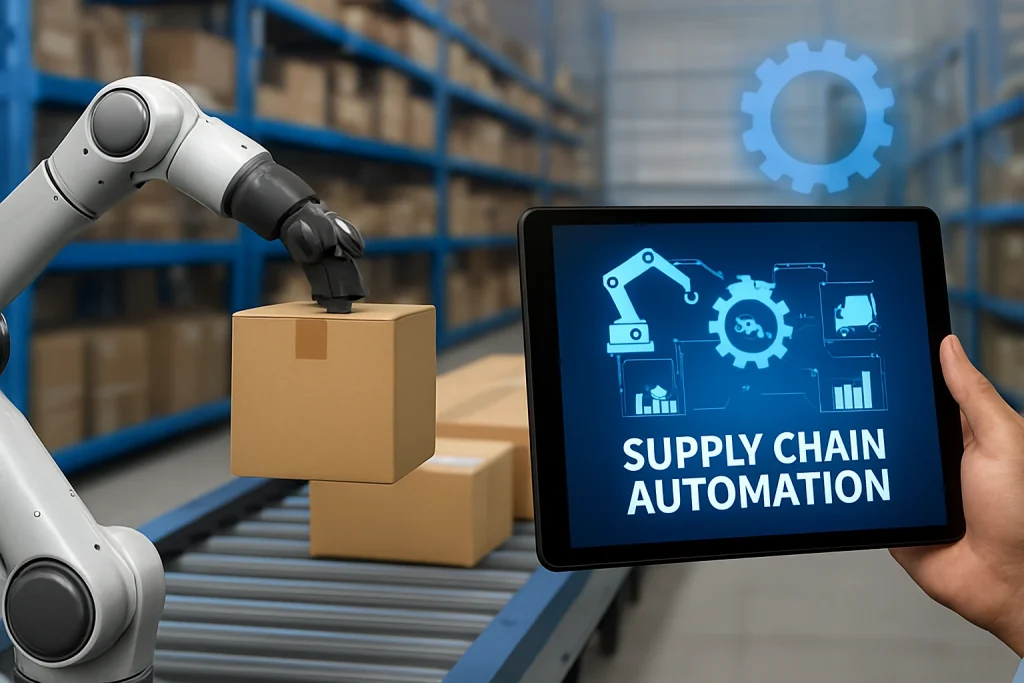The customer doesn’t care about the journey a product takes to reach their homes. They want fast delivery, which makes last-mile logistics a core part of supply chain management. The real challenge lies in ensuring that the final leg of delivery—the last mile—is executed with precision, speed, and transparency. That’s where last-mile tracking comes into play.
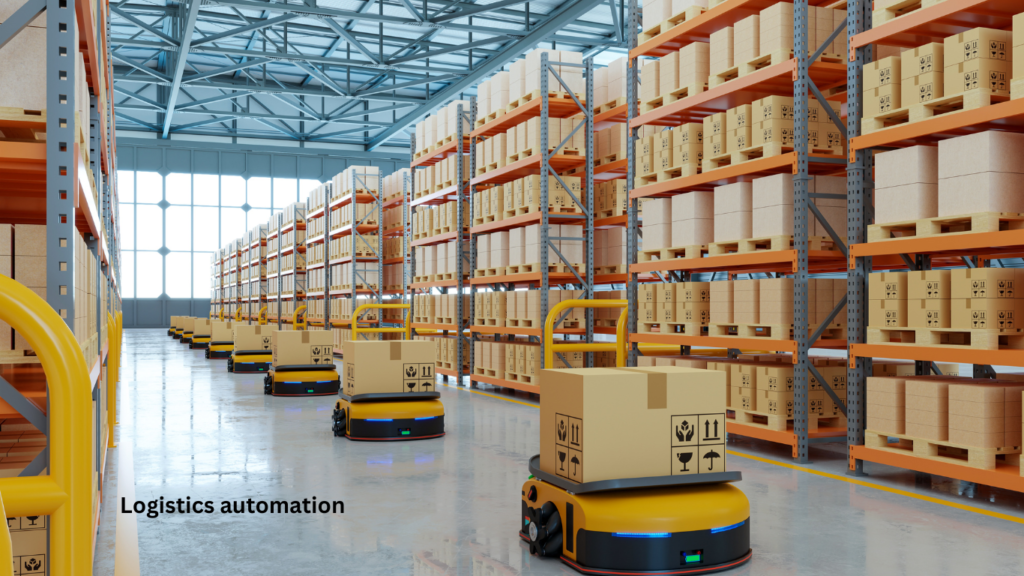
This technological advancement has transformed how companies manage deliveries, enhancing customer experience, improving operational efficiency, and strengthening brand loyalty.
In this blog, we explore why final tracking is more critical than ever in modern logistics, what benefits it offers, and how businesses can leverage it to stay competitive.
What is Last-Mile Tracking?
Logistics visibility refers to the ability to monitor a product’s journey from the distribution centre to the end customer in real time. This final stretch, often the most complex and costly part of the delivery process, holds significant weight in defining customer satisfaction. From food delivery to eCommerce, customers now expect transparency, updates, and precise delivery windows—features that final-mile tracking enables.
The Evolution of Customer Expectations
Customers no longer tolerate vague delivery timelines. With same-day or even two-hour deliveries becoming the norm, expectations have skyrocketed. According to a survey by Capgemini, 74% of customers value delivery transparency as much as speed.
Last-mile tracking directly addresses these expectations by providing real-time visibility into:
- The location of the package
- Estimated time of arrival (ETA)
- Delay notifications or delivery issues
- Delivery confirmation via photo or OTP
By implementing last-mile tracking, businesses enhance the customer experience, reduce delivery anxiety, and build trust, factors that directly influence repeat purchases.
Rising Logistics Complexity
The boom in eCommerce and omnichannel retail has made logistics networks more fragmented and complex. Packages are often routed through multiple hubs before reaching the customer. In such a landscape, last-mile tracking provides clarity and control.
Businesses gain real-time insights into delivery bottlenecks, driver delays, and unplanned reroutes. It allows logistics managers to:
- Optimise delivery routes
- Monitor driver performance
- Allocate resources more efficiently
- Address delays proactively
Without delivery optimisation, these processes would rely heavily on guesswork, leading to poor planning, unhappy customers, and higher operational costs.
Mitigating the Cost of Last-Mile Delivery
Last-mile delivery can account for up to 53% of the total shipping cost, according to a Business Insider report. Factors like failed deliveries, fuel costs, traffic congestion, and labour inefficiencies drive this figure up.
Last-mile tracking helps mitigate these costs by improving route optimisation, enhancing fleet productivity, and reducing failed delivery attempts.
For instance, if a customer is not available at the delivery time, a dynamic tracking system can allow them to reschedule or reroute the delivery. This not only increases successful delivery rates but also reduces the cost burden on logistics providers.
Fueling Data-Driven Decision Making
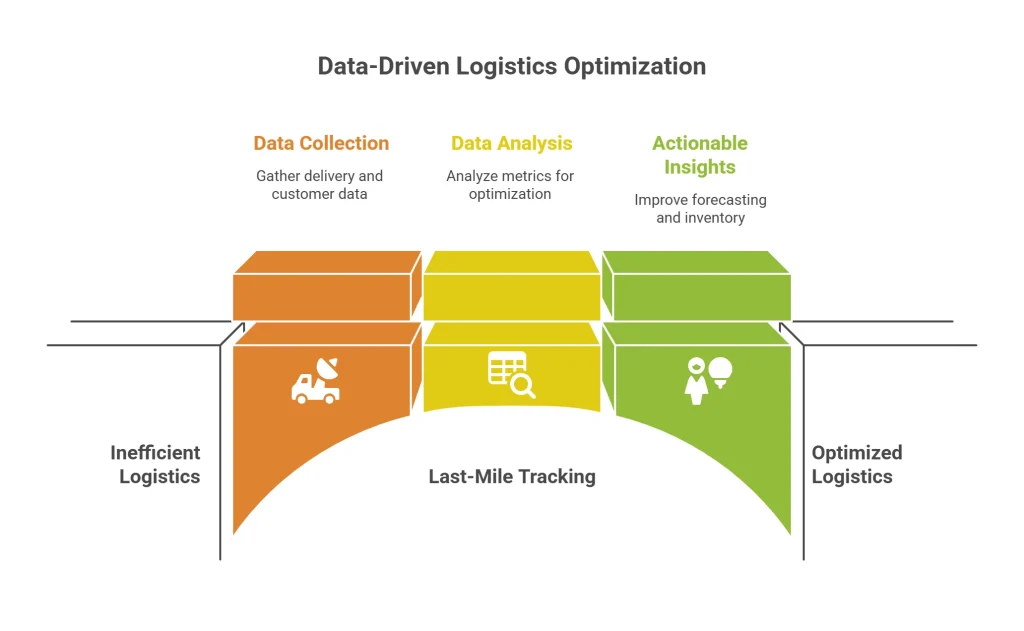
One of the overlooked benefits of last-mile tracking is the rich trove of data it generates. Delivery time, traffic patterns, customer preferences, and order fulfilment success rates—all these metrics can be analysed to fine-tune logistics operations.
By leveraging this data, companies can:
- Forecast demand more accurately
- Plan inventory distribution better
- Improve delivery timing predictions
- Tailor services to customer behaviour
Data-backed logistics is the future. And last-mile tracking plays a crucial role in enabling that transformation.
Enhancing Accountability and Security
With rising instances of theft and package loss during the final delivery leg, tracking ensures accountability and lead time management. Features like geotagging, delivery photo proofs, and e-signatures minimise disputes and create a reliable chain of custody.
Moreover, tracking technologies such as RFID, GPS, and IoT sensors provide full transparency into who handled the package, when, and where. This visibility boosts customer confidence and acts as a deterrent for unethical practices in the delivery chain.
Sustainability and Environmental Impact
Route optimisation through last-mile tracking reduces unnecessary fuel consumption and carbon emissions. With growing consumer awareness about sustainability, eco-friendly logistics practices are becoming a brand differentiator.
Tracking systems allow logistics companies to:
- Consolidate deliveries in high-density zones
- Reduce empty miles
- Plan electric vehicle routes efficiently
In essence, last-mile tracking supports the dual goals of operational efficiency and environmental responsibility.
Competitive Advantage in the Delivery Economy
Brands like Amazon, Swiggy, and Zomato have set high benchmarks with their real-time tracking features. Smaller retailers and logistics providers need to match this level of service to remain relevant.
Offering last-mile tracking can be the competitive differentiator that builds customer loyalty in an increasingly saturated market. Whether you’re a D2C brand or a 3PL provider, investing in robust tracking solutions is no longer optional—it’s essential.
Implementing Final Mile Logistics: Key Considerations
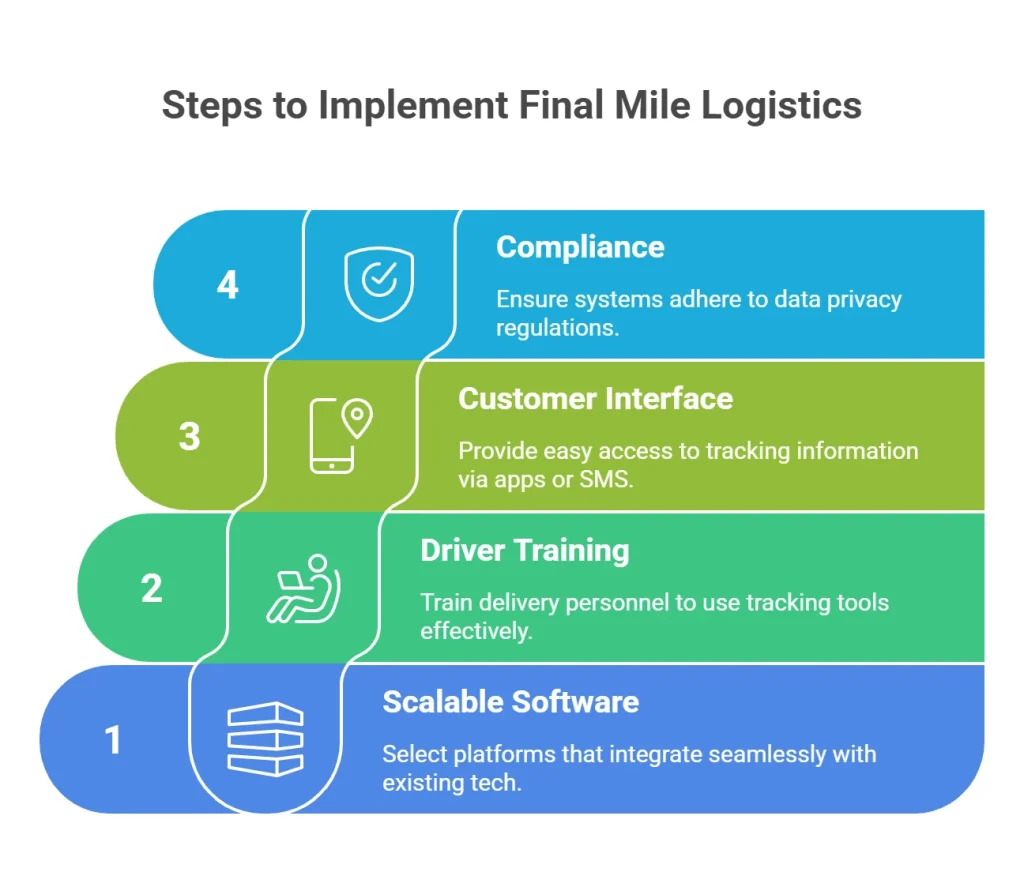
While the benefits are clear, the successful implementation of final-mile tracking requires strategic planning. Here are some critical considerations:
- Scalable Software: Choose platforms that integrate easily with your existing tech stack.
- Driver Training: Ensure that delivery personnel are trained to use the tracking tools effectively.
- Customer Interface: Make tracking information easily accessible via apps, SMS, or emails.
- Compliance: Ensure that tracking systems comply with data privacy regulations like GDPR or India’s DPDP Act.
Done right, final-mile tracking can turn logistics from a cost center into a value driver.
Future Trends in Last-Mile Tracking
As technology advances, final-mile tracking is poised to become more intelligent and automated. Here are some trends to watch:
- AI-Powered Predictions: Using machine learning to improve ETA accuracy
- Drone and Autonomous Deliveries: Real-time tracking for unmanned deliveries
- Blockchain Integration: Ensures secure and tamper-proof tracking logs
- Augmented Reality (AR): For hands-free navigation and delivery verification
These innovations promise to make last-mile tracking more dynamic, efficient, and secure than ever before.
Conclusion
The last mile is where brands either win or lose customer trust. With consumers expecting speed, visibility, and reliability, last-mile tracking has emerged as a logistical necessity. It not only improves operational efficiency but also strengthens brand credibility and customer loyalty.
Businesses that fail to adopt effective last-mile systems risk falling behind in a marketplace that prioritizes experience over everything else. In contrast, those who embrace it will gain real-time control, cost savings, and a sustainable competitive edge. Contact Qodenext to embrace advanced supply chain tracking technologies today.
FAQs About Last-Mile Tracking
1. What technologies are used in final-mile tracking?
Final mile tracking relies on GPS, RFID, mobile applications, IoT sensors, and cloud-based platforms to monitor and report the status of deliveries in real time.
2. Is delivery tracking only useful for large enterprises?
No. Small and mid-sized businesses can benefit immensely as it enhances customer experience, optimises delivery routes, and reduces overhead costs.
3. How does last-mile delivery tracking reduce failed deliveries?
Real-time tracking allows customers to view ETAs and make changes to the delivery window, improving the chances of successful delivery on the first attempt.
4. Does final leg tracking violate customer privacy?
Not when done correctly. Reputable tracking platforms comply with data protection laws and anonymise sensitive information to ensure customer privacy.
5. How is final-mile tracking different from traditional shipment tracking?
Traditional shipment tracking often ends at the local distribution centre. Last-mile logistics tracking extends visibility to the customer’s doorstep, offering real-time, location-specific updates.
6. Can last-mile tracking systems be integrated with customer-facing apps?
Yes, most modern last-mile tracking platforms offer APIs and integration options so that real-time tracking data can be embedded in customer apps, SMS alerts, or emails. This makes it easy for customers to follow their order journey and receive timely updates.
7. How does last-mile tracking benefit delivery drivers and logistics staff?
Last-mile tracking provides delivery drivers with optimized routes, real-time traffic updates, and easier communication with dispatchers. It also helps logistics managers monitor performance and re-route deliveries instantly in case of delays, reducing stress and inefficiency for all parties.
8. Will implementing last-mile tracking increase overall delivery costs?
While there is an upfront investment in technology and training, last-mile tracking typically lowers long-term delivery costs. It minimizes failed attempts, optimizes driver routes, and reduces fuel usage, leading to overall cost savings and better resource utilization.
9. Is last-mile tracking useful for non-eCommerce businesses?
Absolutely. Any business that delivers products or services directly to customers—such as pharmacies, grocery stores, meal prep companies, or field service providers—can use last-mile tracking to improve reliability, transparency, and customer satisfaction.
10. What metrics should businesses track with last-mile delivery software?
Key metrics include on-time delivery rates, average delivery time, delivery success vs. failure rates, customer satisfaction scores, number of support calls about delivery, and real-time driver performance. Tracking these metrics helps fine-tune logistics and boost overall efficiency.

